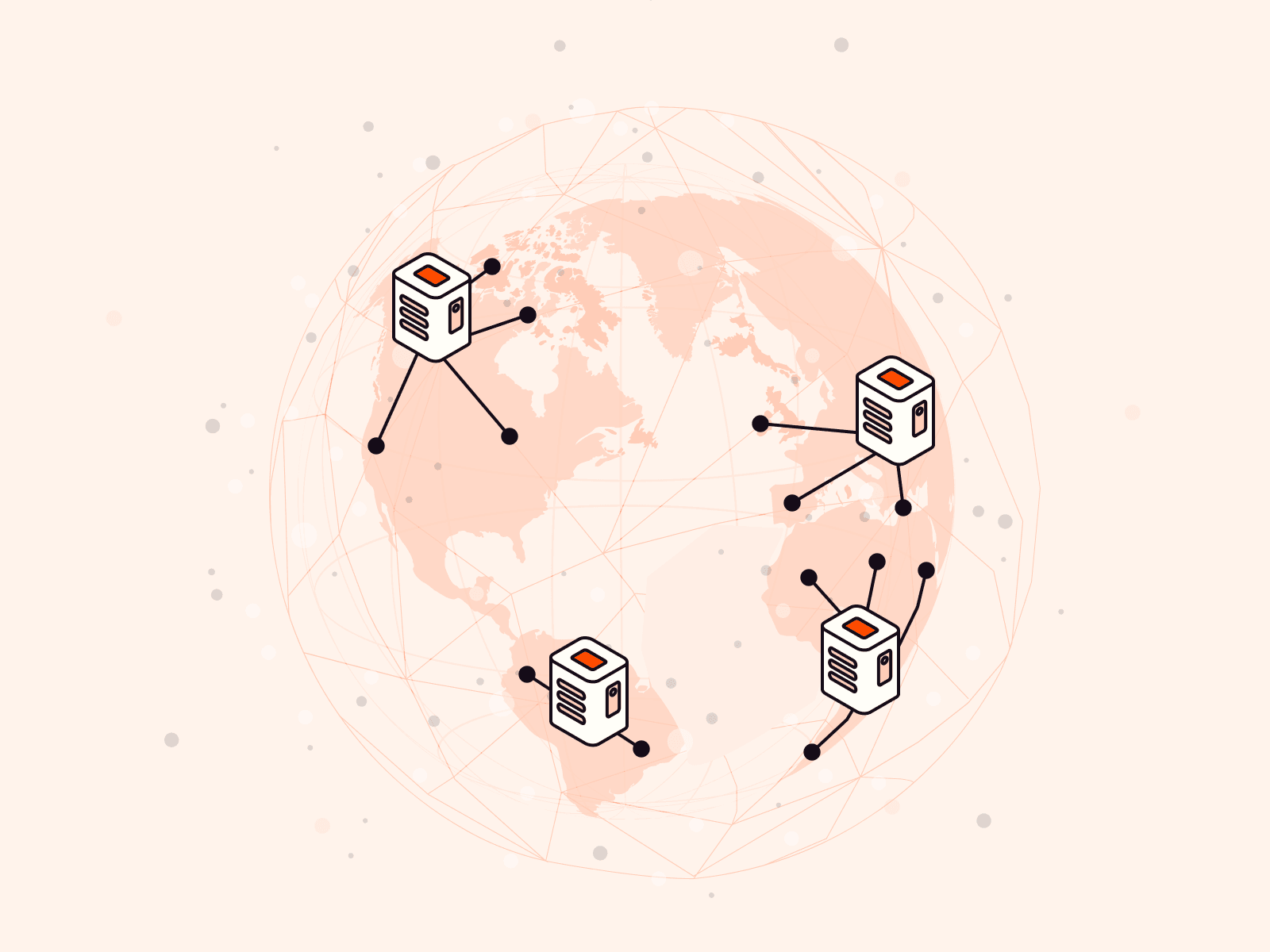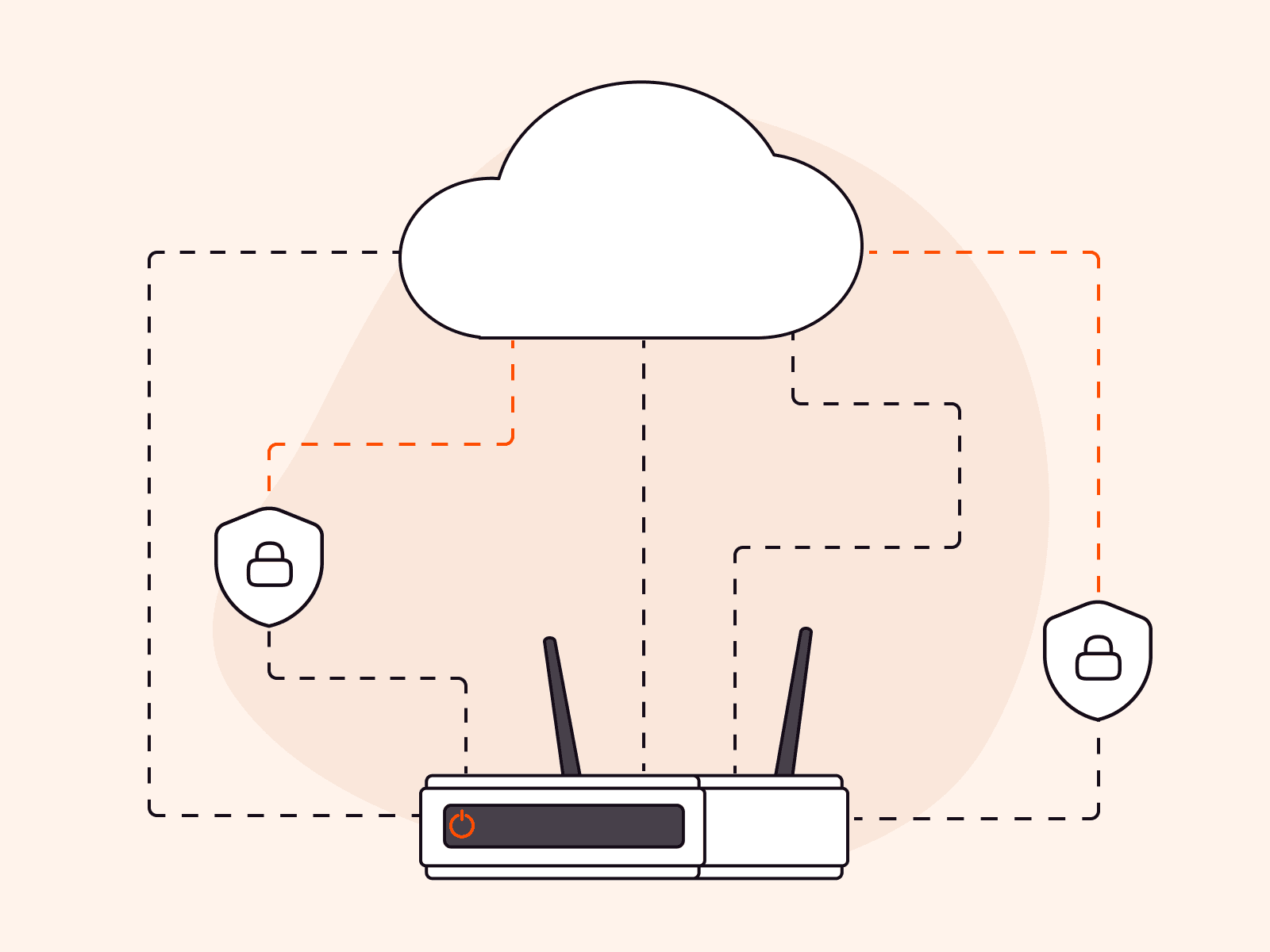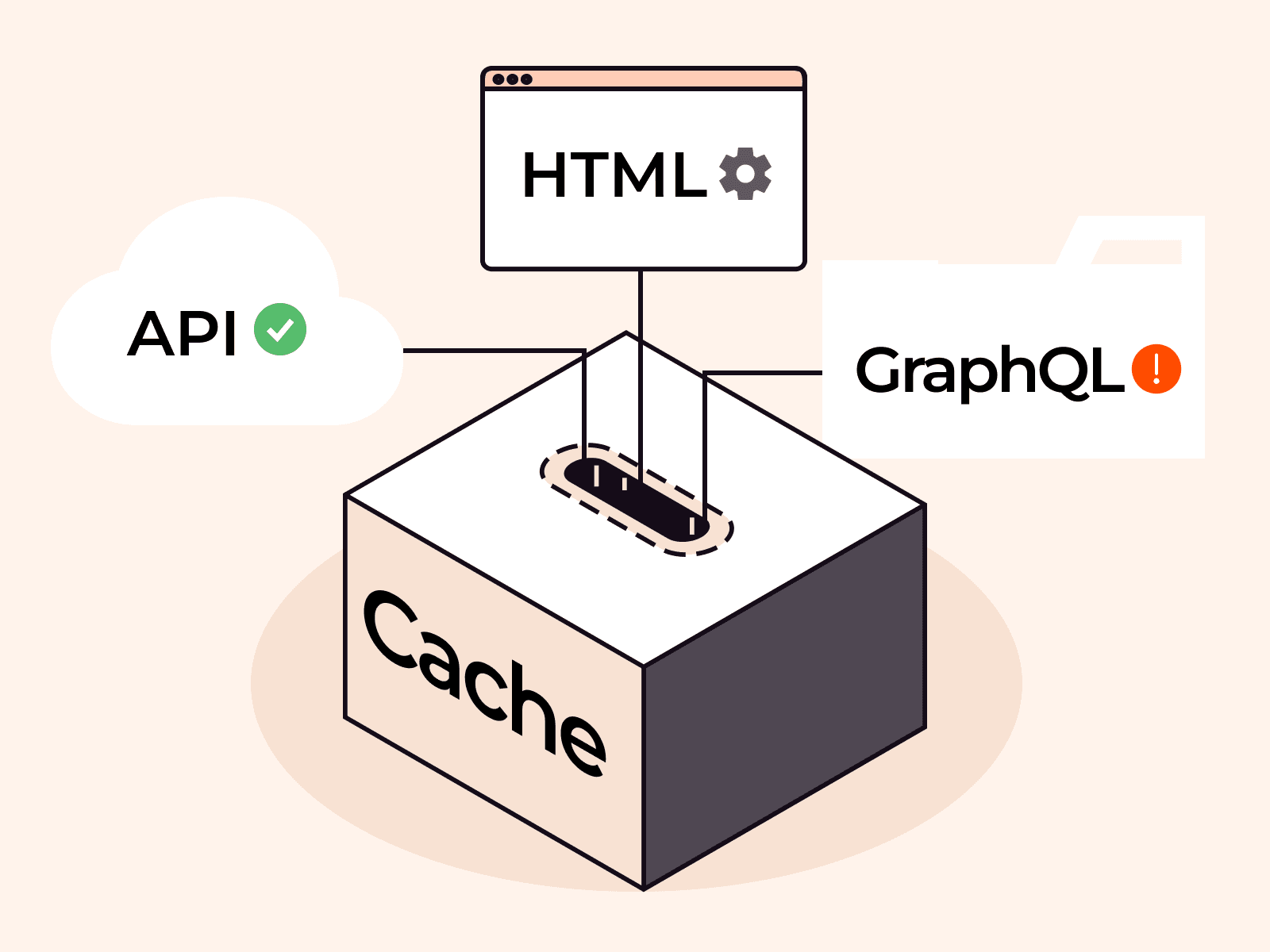In part 1 of this guide, we explained why site speed matters for e-commerce and how you can track your current speed.
Now, speed up your page load times with these five techniques.
#1 Assess Your Current Site Speed
First, check your site’s current performance. Use tools like Google PageSpeed Insights or real user monitoring (RUM) tools. PageSpeed Insights evaluates individual web pages for mobile and desktop performance, providing actionable insights to improve speed and user experience.
Here’s an example of how your metrics might look:

#2 Adopt Code and Image Optimization Techniques
E-commerce websites often have a huge number of images, videos, and/or animations, which can slow down load times. Since these media are essential, the key is to optimize all heavy components.
Compress images and use lazy loading via your website host. Minimize redirects and remove broken links, consulting a technical SEO expert if required. These actions can significantly reduce page weight.
#3 Adopt CDNs and Edge Computing
The majority of online shoppers have purchased from an e-commerce store in another country and an additional 22% plan to in the future. Hosting location impacts speed. The further your servers are physically located from your customers, the higher the latency. So, having servers distributed globally improves your load speed and allows you to deliver great customer experiences, no matter where your customers are located.
Imagine that your e-commerce website is hosted on a web server in the US, but you have shoppers from the EU. When shoppers from the US browse your store, they may not experience much latency. But shoppers from Germany will, because of the time it takes their browser to send requests to your US server, wait for the server to process them, and deliver a response. A reliable CDN and edge computing provider caching your website content—images, videos, payment portals and all—at the edge makes for speedy content delivery globally.
In addition to shortening the distance between your servers and buyers, CDNs also enable load balancing. Say you’re running a Black Friday sale with traffic surges far beyond your normal quantities. Your CDN provider can distribute the traffic evenly between its network of available servers, preventing any one server from being overworked, thereby improving server response times. So, if your Black Friday surge comes mostly from the New York area, a CDN can push some of that traffic from the New York, NY server to the nearby Manassas, VA and Boston, CT servers. Customers won’t notice a difference since both servers are nearby, but spreading the load means all servers continue to perform optimally.

#4 Use Fast Authoritative DNS
DNS is like the internet’s phone book, translating human-friendly domain names (like www.example.com) into IP addresses that computers use to find each other. When this translation happens quickly, it reduces the time it takes for a user’s browser to locate your website, leading to faster page load times.
#5 Rinse and Repeat
Site speed optimization is continuous. The internet changes daily; technology advances and competitors emerge. Don’t get comfortable with your site speed. Continuously track speed scores and make improvements.
Website Speed Solutions in One Intuitive Platform
Website speed is a game-changer for e-commerce success. A website that loads in under a second is the magic number to boost user experience, slash bounce rates, and skyrocket your e-commerce business’ conversion rates.
Stay ahead of your e-commerce competitors by choosing tools and platforms designed with your e-commerce website speed in mind. With 180+ PoPs worldwide and a 200+ Tbps network capacity, Gcore CDN and DNS are ideal speed optimization solutions for global e-commerce sites. Contact us today to discover how we can supercharge your site speed.
Related articles
Subscribe to our newsletter
Get the latest industry trends, exclusive insights, and Gcore updates delivered straight to your inbox.






